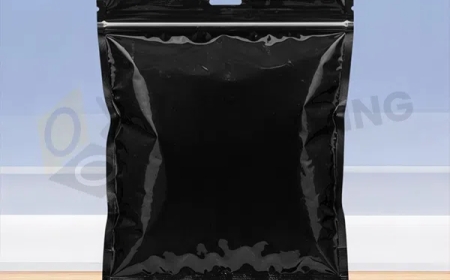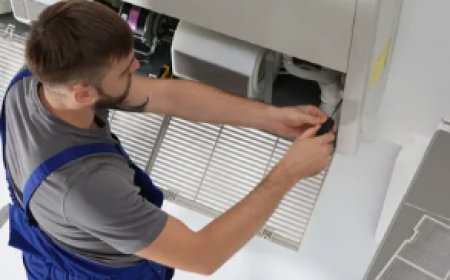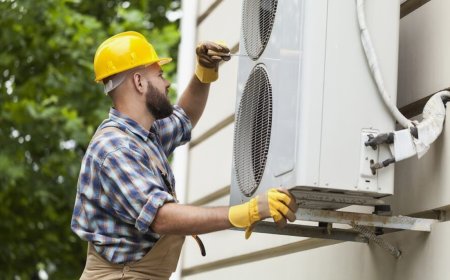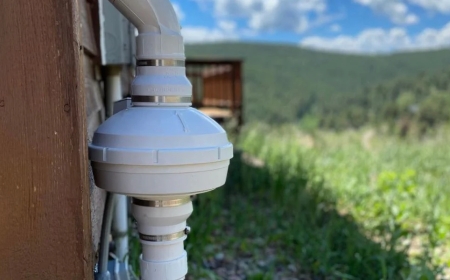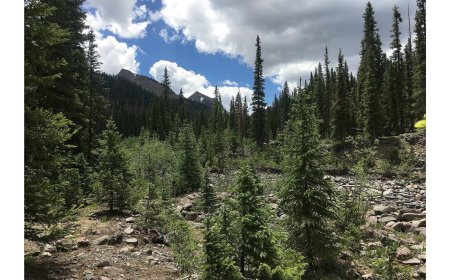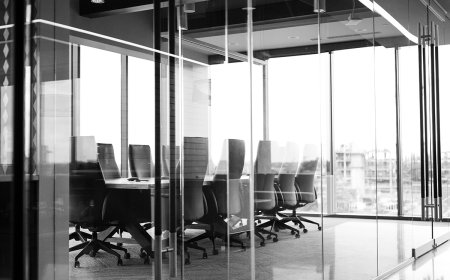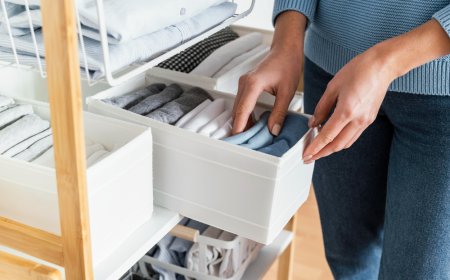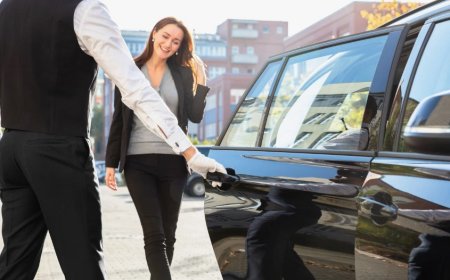How to Install Security Cameras Outside with DIY Wiring and Power Setup
Installing outdoor security cameras can significantly enhance the safety and surveillance of your property. While many people opt for wireless cameras, wired systems still offer superior reliability, clearer footage, and reduced signal issues. If youre ready to take on a do-it-yourself project, learning how to install security cameras outside with proper wiring and power setup is essential.
In this guide, well walk you through a step-by-step approach to setting up a wired outdoor surveillance system like a pro. Whether you're a hands-on homeowner or a DIY enthusiast, these tips from Cam Security Surveillance llc will help you get it right the first time.
Benefits of DIY Wired Camera Installation
Before diving into the technical process, its important to understand the advantages of wired systems. A DIY wired setup gives you control over the placement, wiring, and power supply of your cameras. Wired cameras dont rely on Wi-Fi signals, making them more dependable especially in areas where internet connectivity is weak.
With proper planning and tools, a DIY installation can rival even a professional security camera installation near me, all while saving on labor costs.
Planning the Installation
The first step in how to install security cameras outside with DIY wiring is creating a solid plan.
Identify the areas you want to monitor, such as:
-
Entry points (front door, back door, side gates)
-
Driveways and walkways
-
Garages and yards
-
Blind spots around the home
After selecting the locations, decide where the cameras will be mounted and where your DVR (digital video recorder) or NVR (network video recorder) will be placed. This central recording device will serve as the main hub for all wired connections.
Cam Security Surveillance llc always recommends mapping out cable routes to avoid last-minute surprises. Mark walls, ceilings, and attic spaces where cables will run.
Choosing the Right Cables and Power Setup
When it comes to wiring for outdoor cameras, youll primarily use two types of cables:
-
Siamese Cables (RG59 + Power) This includes both video and power wires in a single run, commonly used in analog camera systems.
-
Ethernet Cables (Cat5e/Cat6) For IP cameras, these allow Power over Ethernet (PoE), meaning one cable handles both power and data.
PoE simplifies your setup and is commonly used in modern home security camera installation projects. Make sure you buy weather-rated cables if you plan to run them outside or underground.
Installing the Cameras and Running the Cables
Now comes the hands-on part. Mount the camera brackets at the selected locations, ideally 8 to 10 feet above the ground. This height ensures a wide field of view and deters tampering.
Next, run your cables:
-
For attic access, drop the cables down walls to reach camera locations.
-
For underground cable runs, use conduit to protect wires from moisture, pests, and damage.
-
On exterior walls, use cable clips and weatherproof conduit for a clean and durable setup.
Seal any drilled holes with silicone caulk to keep water and bugs out. Proper sealing is especially important when working outdoors.
If this feels overwhelming, many search for professional security camera installation near me to ensure cables are safely and neatly installed. However, with patience and care, DIYers can handle this effectively.
Connecting to Power Sources
For analog systems using Siamese cables, connect the power wire to a multi-camera power supply box or adapter. Make sure the adapter matches the voltage requirements of your cameras (typically 12V).
For PoE systems, connect Ethernet cables to a PoE switch or NVR that supports PoE ports. This eliminates the need for separate power outlets at each camera location.
Use surge protectors or uninterrupted power supplies (UPS) to protect your system from voltage spikes or outages. Thats something we always recommend at Cam Security Surveillance llc, especially for homeowners in storm-prone areas.
Testing and Adjusting Your Cameras
Once all connections are made, power on your system and check each camera feed. Adjust angles to reduce glare, avoid pointing directly into bright lights, and ensure key areas are centered in the frame.
Use your DVR or NVR settings to set up motion zones, alerts, and recording schedules. Many modern systems offer mobile app integration, allowing remote viewing and alerts right from your smartphone.
Maintenance Tips After Installation
DIY doesn't stop at installation it includes upkeep too. Regularly inspect cables for wear, clean lenses, and test video feeds. Seasonal weather can affect connections and camera performance, so periodic maintenance is key.
If you experience recurring problems or blurry footage, consider consulting a professional security camera installation near me service to troubleshoot and fine-tune your setup.
You may also read:Do hospital haves security cameras
Conclusion
Learning how to install security cameras outside with DIY wiring and power setup may seem complex at first, but with the right tools and planning, it becomes a rewarding project. A wired system offers unmatched reliability and long-term value when installed correctly.
If youre looking for expert advice or premium-quality equipment, Cam Security Surveillance llc is here to help. Whether you need product recommendations or on-site support, weve got your back.
For anyone searching for professional security camera installation near me, dont hesitate to contact us. Our team can assist with everything from system design to final testing, ensuring your property is protected with precision and care.








